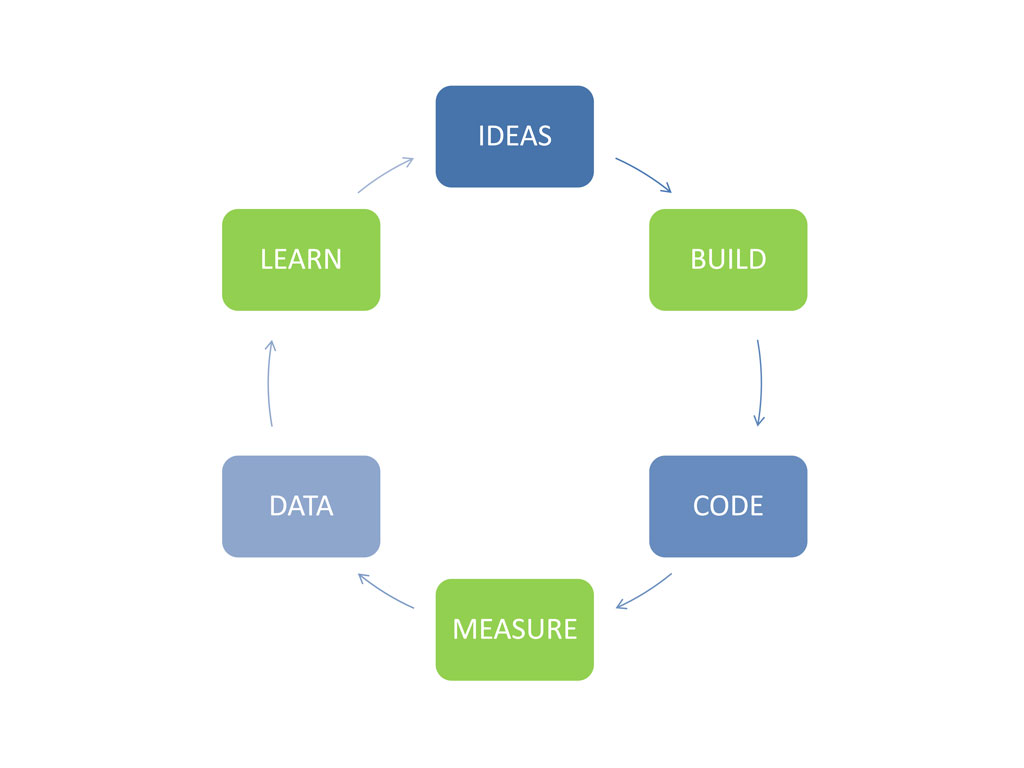Even Google occasionally fails
At first glance, Google is the epitome of a successful start-up business, but not every innovation of Google became a success, as the following examples illustrate:
Google Lively
Google openly had a try at a project on 3D chat rooms called “Lively”, but abandoned it in 2008 (Google Blog).
Google Wave
“Google Wave” constitutes another failed attempt to revolutionize online communication. In the end, Google discontinued the project (Google Blog).
(Un)Scripted Innovation
The development of a genuinely new product always raises questions and entails uncertainty regarding methods and measures, the development time, the technical feasibility and of course the ROI. Established companies tend to tackle these uncertainties by means strict processes. First of all, a new idea has to be put on paper. After approval by all relevant decision makers, it undergoes all necessary steps (e.g. the compilation of a product requirements document, the derivation of a functional requirements specification, etc.) one by one, following a waterfall approach. Learning and resulting adaptation of the requirements in the course of the process are not planned and are in fact widely prevented by the strict procedure. The intention is to write a script for the development process and then to work through it. Hollywood is proof that this approach often goes wrong, even in case of sequels, where the presumable “clientele” should be known.
Downsides of the Waterfall approach for innovations
- A review of the initial hypotheses regarding user and market acceptance only takes place towards the end of the process
- A substantial investment of time and money is required to verify these hypotheses
- In the course of the development, functions of the final product may change—they may not even have been on the agenda in the beginning. Numerous change requests make the process more complicated.
- It is possible that not even the specific end user of the product is known for certain
- The process results in the (initially defined) product
Learning from the lean start-up approach
A good area to look at for reference is obviously start-ups, because companies operating in this field essentially face the same challenges, but usually only get one shot at success. In this type of environment, the pressure to succeed is higher and the choice of methods much more critical. The verification of the initially formulated hypotheses regarding user and market acceptance should form the core of the development, which helps reduce uncertainties in the process. The limited resources of every project have to be used as intelligently as possible, in order to quickly develop a minimum viable product. The aim is to test the initial hypotheses with a real product and with the involvement of users. The overall product development process should be understood as a lean learning process that includes a continuous “sparring” with the prospective customer. Requirements should always remain flexibly adaptable. The lean startup approach goes hand in hand with an agile development method.
Figure 1 illustrates the key features of the lean start-up approach, which should be understood as a continuous development process aimed at creating a market-ready product.
- (IDEAS) – The point of departure is the idea for a possible product, …
- (BUILD) – … which has to undergo the best possible development …
- (CODE) – … in order to be turned into a functioning product, …
- (MEASURE) – … to which selected analysis methods can be applied …
- (DATA) – … to collect data on the product’s acceptance and quality, …
- (LEARN) – based on which a learning process can take place that helps discover necessary amendments of the initial idea.
The great challenge is to ensure that this recurring process is efficient, so that with the smallest possible amount of resources, a highly customer-oriented product can be obtained that can compete in the market successfully.
For further information and an introduction to the topic “lean start-up”, the following book can be a helpful resource: Amazon.de: The Lean Startup: How Constant Innovation Creates Radically Successful Businesses

